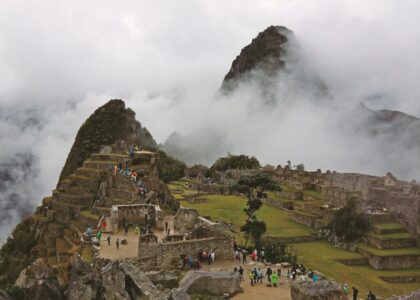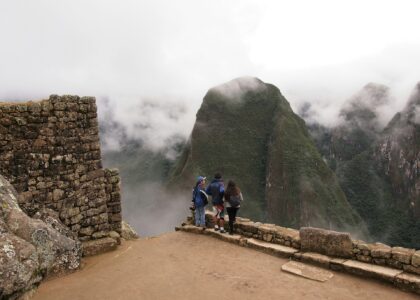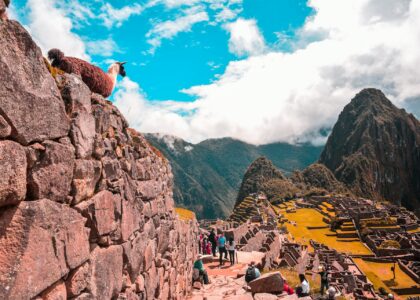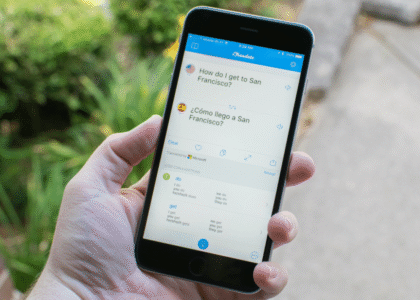You’ve finally made it to Peru — standing at 11,000 feet (3,400 meters) in Cusco.
The air feels thinner, your heart is racing, and maybe there’s a slight headache creeping in.
Welcome to high-altitude travel.
Altitude sickness — or soroche, as it’s called locally — is a common challenge. But with the right preparation, you can enjoy your trip to Cusco, Machu Picchu, and the Sacred Valley without missing a beat.
This guide covers everything you need to know about preventing, recognizing, and managing altitude sickness while traveling in Peru.
Understanding Altitude Sickness
Altitude sickness happens when your body doesn’t adapt fast enough to lower oxygen levels at high elevations.
Common symptoms (within 6–24 hours of arrival):
- Headache
- Fatigue
- Dizziness
- Shortness of breath
- Nausea
- Loss of appetite
In rare cases, symptoms can escalate to high-altitude pulmonary edema (HAPE) or cerebral edema (HACE), which are medical emergencies.
Where Altitude Is a Concern in Peru
- Cusco: 3,400 m (11,000 ft) — highest point for most travelers
- Sacred Valley: 2,800 m (9,200 ft) — slightly lower, ideal for acclimatization
- Machu Picchu: 2,430 m (7,970 ft) — lower in elevation but still impactful if you ascend too quickly
Tip: Even though Machu Picchu is lower than Cusco, proper acclimatization in Cusco or the Sacred Valley is essential.
How to Prevent Altitude Sickness: Practical Tips
1. Ascend Slowly (If Possible)
Start your trip in the Sacred Valley before staying overnight in Cusco. The lower altitude helps your body adjust gradually.
2. Stay Hydrated
Begin hydrating before you arrive and aim for 2–3 liters of water daily.
Avoid caffeine and alcohol during the first 48 hours.
3. Take It Easy
Avoid strenuous activity during your first one to two days at altitude.
Walk slowly, rest often, and listen to your body.
4. Coca Leaves: Traditional Andean Remedy
Coca tea (mate de coca) is widely available and commonly offered at hotels and restaurants.
You can also chew coca leaves for a milder, longer-lasting effect.
5. Eat Lightly
Stick to soups, fruits, and easily digestible meals for the first 24–48 hours.
Avoid heavy, fatty, or overly rich dishes.
6. Consider Medication
- Acetazolamide (Diamox): Helps with acclimatization (consult your doctor before using).
- Pain relievers: Ibuprofen or acetaminophen for mild symptoms.
- Oxygen: Available at many hotels and clinics in Cusco.
Recognizing Severe Symptoms
If you experience any of the following, descend immediately and seek medical help:
- Difficulty breathing at rest
- Confusion or inability to walk
- Persistent coughing with fluid sounds
- Loss of consciousness
Emergency Care in Cusco
Cusco has modern clinics that specialize in altitude-related issues. Services often include:
- Supplemental oxygen
- IV hydration
- Altitude medications
- Emergency evacuation if necessary
Many high-end hotels also provide oxygen in rooms or on-demand.
Pre-Trip Preparation Checklist
- Visit your doctor if you have heart or lung conditions.
- Ask about altitude sickness medication like Diamox.
- Build your itinerary to allow gradual elevation gain.
- Choose accommodations that offer oxygen if needed.
- Stay flexible — rest more if your body asks for it.
Final Thoughts: Altitude Doesn’t Have to Derail Your Adventure
Altitude sickness can be intimidating, but with awareness and preparation, most travelers experience only mild symptoms — if any at all.
Pace yourself, hydrate, eat smart, and take it easy your first few days.
Soon, you’ll be trekking ancient trails, visiting archaeological wonders, and embracing the breathtaking heights of Peru — literally and spiritually.
Travel with Confidence: Explorify Expeditions Can Help
Explorify Expeditions specializes in creating high-altitude itineraries that combine cultural depth, scenic beauty, and personal well-being. From oxygen-equipped hotels to gentle acclimatization routes through the Sacred Valley, we design each journey to support your health and enrich your experience.
Reach out today to plan a safe and unforgettable adventure!






